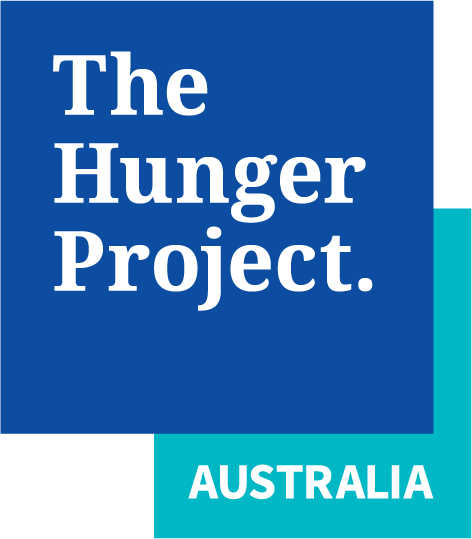“It’s hard to find a family with bad quality grain these days. Families keep their maize, sorghum and millet in the food bank and are able to use it while it’s still good,” says Joyce Nakato, a Community Development Officer in Mbale, Uganda.
Joyce is referring to the storage facility that is part of The Hunger Project-Uganda’s Mbale Epicentre, which currently serves over 120 villages. The food bank supports local efforts to address food insecurity by providing farmers with a safe place to store their grain before selling it in the marketplace. In 2016, our community partners in Mbale added 3,040 Kg of grain to their community food bank. By increasing pest-free storage capabilities in the community, the food bank enables the storage of excess harvests, thus promoting the villagers’ food security during the off-season.
Initially set-up in 2007, over the last decade the food bank has become a favourite resource for farmers in the area, especially because the area is fumigated on a regular basis. Local farmers note how storing maize, sorghum and millet in the food banks helps preserve the quality and quantity of harvests. The food banks also provide an additional buffer against famine in the case of unexpected food shortages.
“I am grateful for the project,” Lorna Mubogi, a farmer in the region, told local newspaper New Vision. “Each harvest season, I keep there almost one and a half tons (1,500 kg) of maize from my garden.”
The food bank also engages the community in modern agricultural methods, provides improved seeds and trains farmers on climate-related information. These learning opportunities plus access to the food storage facilities empower farmers to work towards a more food secure future!
Post courtesy of The Hunger Project Global Office.
